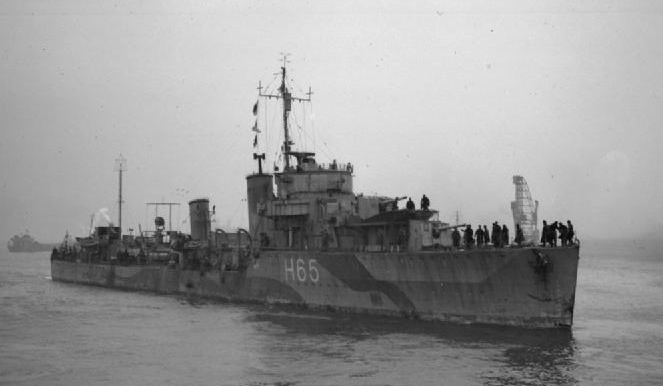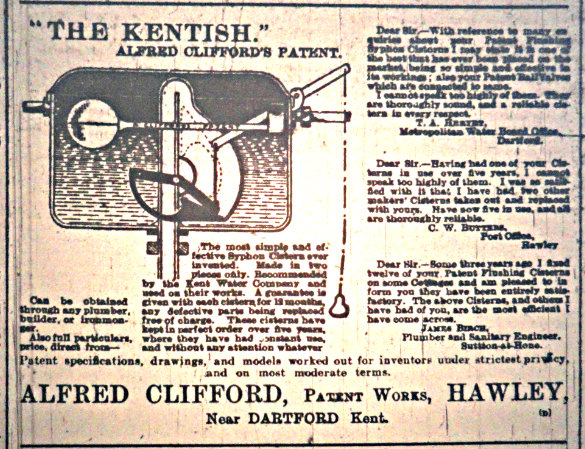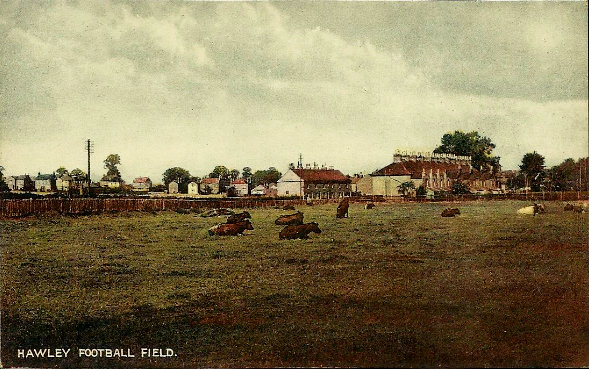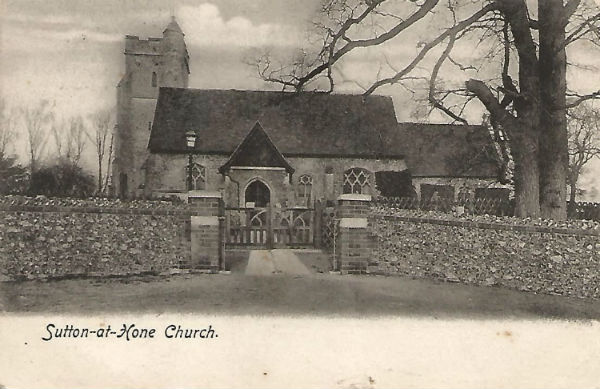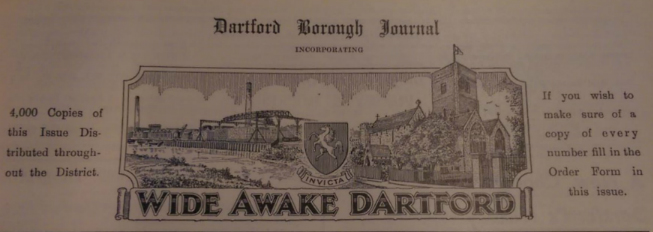
Dartford Borough Council published a monthly journal with articles and local news between 1932 and 1934. Copies of these journals can be found in Dartford Library, and are an interesting mix of news about local people, events and village developments. The items below refer to Sutton-at-Hone and Hawley.
September 1932
For twelve hours Dartford Fire Brigade were dealing with a stack fire at Hollands Farm, Hawley, and brought some 30 lengths of hose into use.
January 1933
Steps are being taken to form a section of the Legion of Frontiersmen at Dartford, Lieut. C. F. Camburn, of Hawley, being the prime mover.
February 1933
The Rev. W.E. Bott, M.A., who has been appointed Vicar of Sutton-at-Hone, has been Vicar of Christ Church, Erith, for between six and seven years.
Dartford & District Scouts’ Association are celebrating the quarter century of Scouting by holding a “Scout Week” commencing on Saturday, May 27th, and concluding on Whit-Monday, June 5th, with their Annual Jamboree at Sutton.
March 1933
The Rev. W.E. Bott, Vicar-designate of Sutton-at-Hone, is to receive a presentation from his parishioners and friends in Erith, and has received a white stole from scholars of Christ Church Sunday School.
Sutton-at-Hone Parish Council have not jumped at the idea of joining a federation of Parish Councils in the Dartford Rural District Council’s area, and postponed consideration of the matter for further details; whilst Longfield Parish Council have definitely declined to participate.
April 1933
Monday 3rd – Election Day – for Dartford Urban District Council and Dartford Rural District Council
Sunday 9th – Summer Time commences
The Rev. W.E. Bott was instituted to the living of Sutton-at-Hone by the Bishop of Rochester, who said he went to Sutton with the general assent of the parishioners, and carrying the goodwill and affection of his former parishioners at Erith.
May 1933
After enquiry it has been decided by the Rural Council to retain the sub fire stations at Hawley, Sutton Village and Horton Kirby subject to the firemen attached thereto making themselves efficient.
June 1933
Monday 5th – Whit-Monday. Scouts’ Jamboree at St John’s Park, Sutton-at-Hone
Saturday 24th – Alexandra Rose Day
July 1933
The Scout week arranged by Dartford & District Scouts’ Association was a triumph of organisation, and the boys had a happy time in the camp at Sutton Park (otherwise known as St John Jerusalem).
October 1933
Miss Dorothy Bott, only daughter of the Vicar of Sutton-at-Hone, was married to Mr W. J. Moore, of Grimsby, the ceremony being performed by the bride’s father, the Rev. W. E. Bott.
Sir Stephen Tallents, of St. Johns, Sutton-at-Hone, has been appointed by the Postmaster-General to the role of the Public Relations Officer at the General Post Office.
January 1934
Sutton-at-Hone Friendly Society, which shared out 16s 6d to each of its 144 members, has now entered on its 69th year.
Sutton-at-Hone Parish Council, faced with an expenditure of between one and two thousand pounds for playing fields at Hextable and Hawley, are enquiring how it is that Horton Kirby can make their recreation ground self-supporting.
March 1934
Friday 2nd – County Council Elections
April 1934
Sutton-at-Hone Parish Council have agreed to certain street lamps in their area being set back to allow the passage of double deck ‘buses on condition that the cost is borne by the Transport Board.
Application has been made to Kent County Council to divide Sutton-at-Hone into three wards – Swanley Junction, Swanley Village and Hextable.

